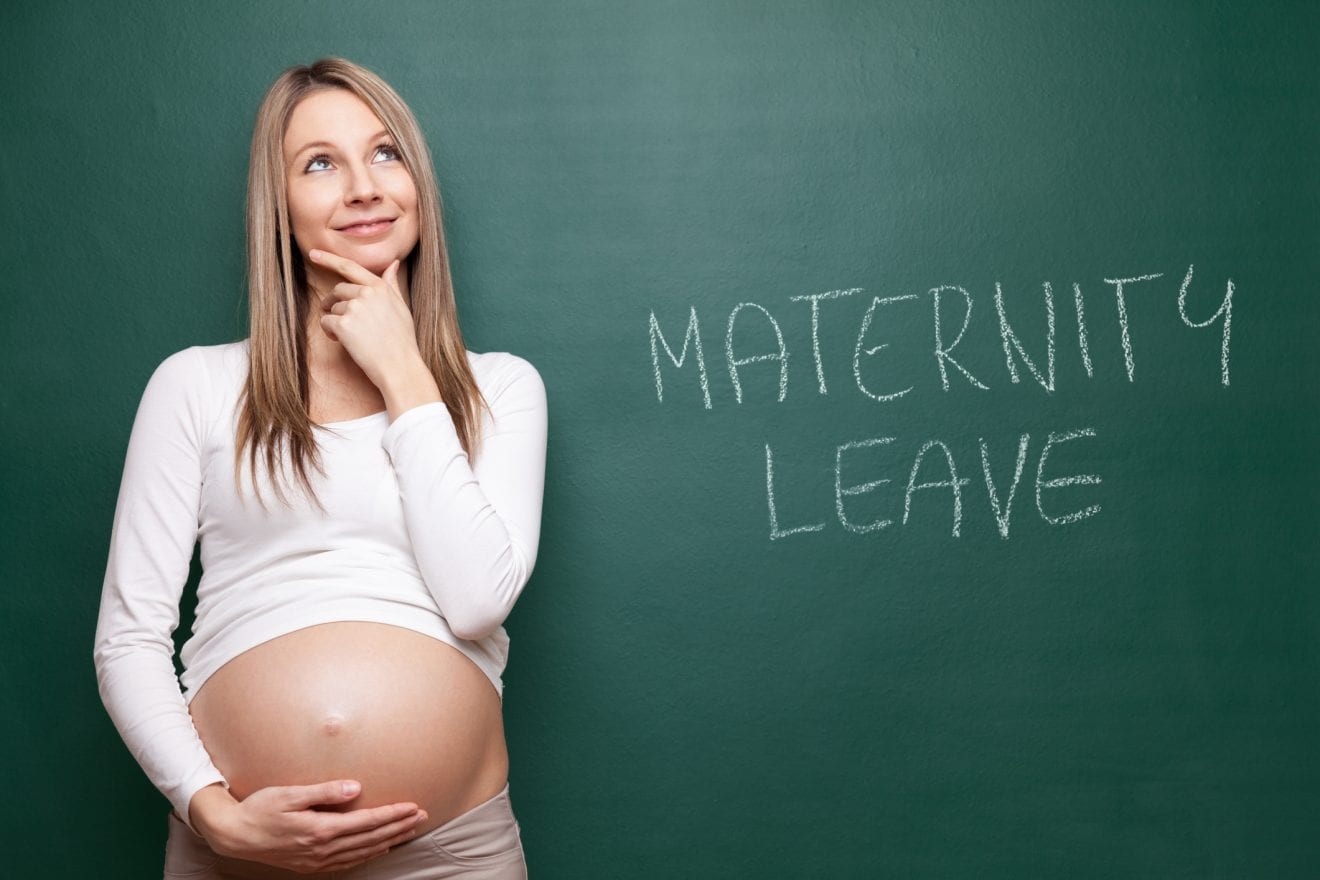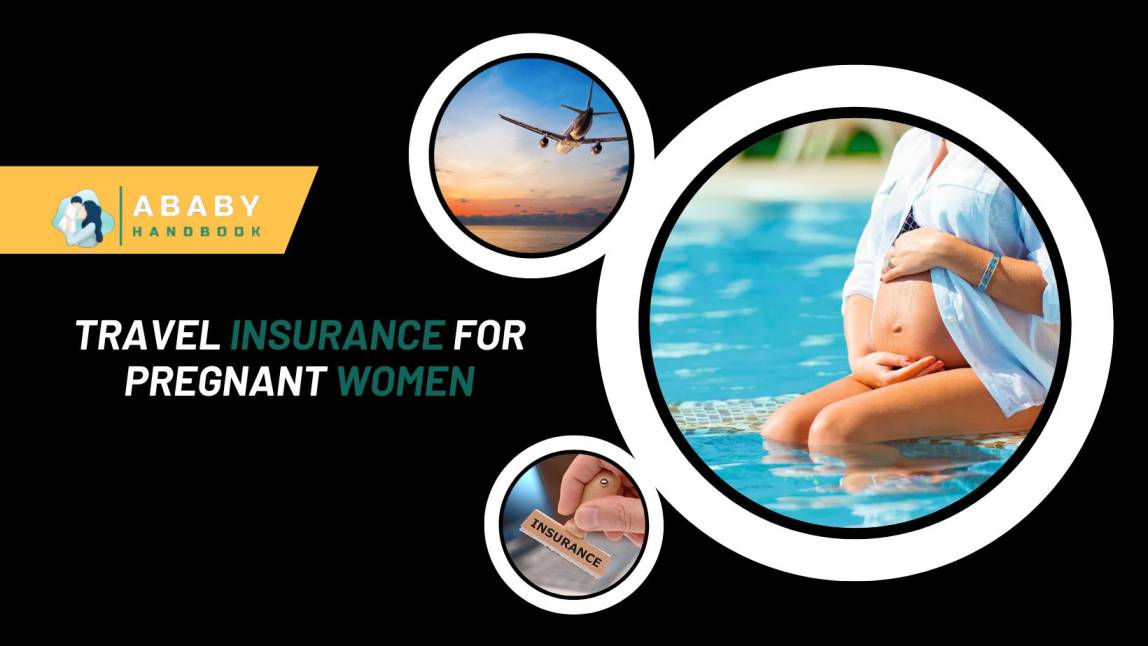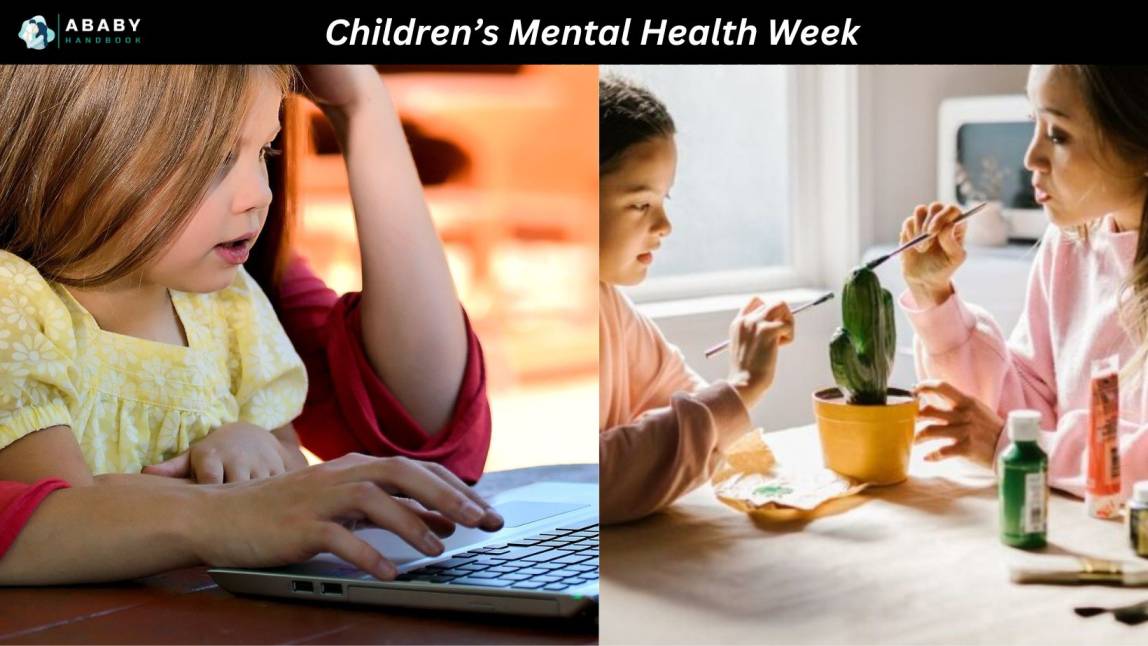What’s the Deal with Maternity Leave in the USA?
June 9, 2020
Congrats! You’re pregnant! I know how excited you must be. But you’re also a working woman and now you have questions about maternity leave. That’s something you’ll need to figure out quickly! So, what’s the deal with maternity leave in the USA? The deal, I am very sorry to tell you, is that it’s not so great.
As I prepared to give birth to my first child in 2017, I remember sitting in my office reading through a thick packet of papers my Human Resources department had given me when they found out I was pregnant. I wanted to prepare for my baby’s birth. Also, I needed to plan for the time I’d take off to deliver the baby and bond with her. But I was surprised to learn that while my employer would grant me maternity leave—it would be entirely unpaid.
I was shocked, frankly. I had been working for my employer for seven successful years. We also lived in Massachusetts, a state that was ahead of the curve and leading the way on many progressive policies. I also learned that I wouldn’t be able to carry over any sick days I had saved in the coming new year. This news scared and dismayed me. I hadn’t realized that I might have to choose between making ends meet financially for my family or being home to nurture and bond with my newborn daughter.
The Sad State of Maternity Leave in the USA
As a new mom, I was not aware of just how far behind other countries the USA is in providing basic paid leave to parents. As I started my motherhood journey, I took the time to learn more about what options families have for parental leave in the United States (not much, unfortunately). I also researched what the consequences of this dearth of policy can do to a mother’s and baby’s health, to a family’s overall financial health, and to the economy at large. What I discovered was that as a country, we are not doing well at all. We can do a lot better.
I was happy to learn that in 2018 Massachusetts passed legislation called the Paid Family and Medical Leave (PFML) program, which will provide workers with job-protected, paid family-leave every year. Even so, most paid-leave programs only pay a portion of the mother’s actual salary. She still has to contend with lower wages if she takes time off.
As of 2019, these are the only places in the United States that have, or are about to implement, paid family leave programs:
- California
- Connecticut
- Washington, D.C.
- Massachusetts
- New Jersey
- New York
- Oregon
- Rhode Island
- Washington
Let’s take a look at what kinds of policy got us here today, and what the current impacts of minimal maternity leave are on health and economics.
The Family and Medical Leave Act (FMLA)
United States labor law regulates maternity leave in our country at a federal level. The rest is left up to state legislatures to create state-specific laws around maternity leave. Or the decision is left to companies and organizations to make for themselves.
The capstone of parental leave policy for the United States is the Family and Medical Leave Act (FMLA) that was passed by President Bill Clinton in 1993. This policy provides 12 weeks of federally mandated unpaid leave to mothers of newborn children or adopted children. Trouble is, this act leaves new parents with a tough choice. They can take unpaid time off with their newborn or continuing to work to make ends meet.
While it is better than having no policy at all and arguably has moved maternity leave policy itself in the right direction, the FMLA is nearly 30 years old and quite outdated. The work climate has changed. More and more women are now powering the United States workforce. The 1993 bill aimed to address a shift in the American workplace as the percentage of working mothers with children under 18 rose from 35 percent in 1965 to 67 percent in 1992. But this upward trend has only continued, making the need for paid maternity leave even more critical.
According to the U.S. Department of Labor, the labor force participation rate for all women with children under 18 was a whopping 72.3 percent of all women in 2019. Both the Obama and Trump administrations have advocated for paid family leave. Unfortunately, neither has succeeded in getting any legislation across the finish line. Paid family leave for new moms (and dads) continues to be a privilege enjoyed by a select few who either work for a company that provides paid family leave, or who live in one of four states that has a policy granting some paid leave.
The USA is an Outlier on Parental Leave
Believe it or not, our country is one of a small handful of countries left in the world that do not guarantee paid maternity leave. Of that paid paternity leave, the United States shares the bottom spot with eleven other countries offering zero weeks paid. In 2018, only 18% of Americans have access to paid parental leave. Employers consider paid leave a benefit. Only 11 percent of low-wage earners receive paid maternity leave. Ultimately, paid parental leave policies remain up to individual employers.
According to the United Nations, out of 36 developed countries, the United States is still the only country that doesn’t offer government-sponsored, paid maternity leave. Sweden leads with 68 weeks, and six countries offer 52 weeks or more. Even Hong Kong — which ranks second to last on the list — offers ten weeks. This is two more weeks than U.S. private companies offer on average.
Lack of Maternity Leave Impacts Physical & Emotional Health
Studies show that there are various ways that unpaid maternity leave can be harmful for children and their mothers. To begin with, the guarantee of paid maternity leave may reduce maternal stress during pregnancy. But on the flip side, if a woman foresees an unpaid block of time in her future (i.e. unpaid maternity leave) she may be more likely to work longer and more stressful hours leading up to the birth. This could have adverse health effects on the newborn and mother. Stress during pregnancy has been shown to adversely impact birth outcomes.
Furthermore, the time a mother and newborn spend together in the first year of the baby’s life matters significantly. As such, a child’s well being is affected by the quality and quantity of time it spends with its mother during this first year. A mother may be more able to breastfeed, care for the child if they’re ill, or seek prompt medical care. In addition, fewer occurrences of depressive symptoms in the mother are correlated to longer maternity leave. Lastly, unpaid maternity leave may strain the mother’s income. As a result, this can lead to diminished material resources available for child-rearing and nutrition.
Maternity Leave Is Good For the Economy
A woman’s childbearing years and peak earning years often coincide. That has a big effect on her income earnings. Whether or not a woman has the opportunity for paid maternity leave can impact her career trajectory significantly. If a woman has maternity leave, she is more likely to spend quality time with her newborn and then return to work afterward. With the option of paid maternity leave, a woman doesn’t have to choose between working and missing out on time with her newborn simply to make ends meet financially, or staying home temporarily.
The United State’s current maternity leave policy contributes to the gender pay gap, and by extension, the income gap. When women have the option of maternity leave, they are more likely to stay in the workforce long term, which contributes to economic growth for the country, overall.
Maternity leave is simply good for business. A study in 2011 by California’s Center for Economic and Policy Research after the state implemented paid leave, showed that 91 percent of businesses said it had a positive effect on profitability or no effect at all.
Economists have found that when people have the option of paid leave, they take it. This reduces the chance that they will drop out of the workforce completely, including women. Mothers who have paid maternity leave have a higher chance of returning to work. This produces better results for the economy at large.
Maternity Leave May Not Be the Best Option
I find myself now, three years after my first child was born, as a full-time stay at home mom (SAHM) and writer. My work is done on a part-time basis. Part of the reason I opted for this lifestyle was that I knew that staying at a large organization or corporate job would not provide the amount of paid time off that I’d hope to have, knowing that I was planning to have several children in a row.
I wanted to work at a reduced rate and still be able to earn money. I also wanted to be home with my kids when they were young, and fully present for them during those infant months. Basically, like most moms of young children, I was looking for flexibility but not at the expense of losing income. My previous employer was not able to offer this kind of flexibility. Nor did the state I lived in mandate paid maternity leave when I had my first child.
Ultimately, I decided to change course and re-organize my work-life balance in part because paid maternity leave was not an option for me. While my personal choices have worked out for me, a woman in today’s world should not have to leave her career or industry of choice simply because there is no maternity leave offered.
Check With Your Employer ASAP
For many, many moms, changing direction or leaving a work situation is not an option. They must choose entirely between staying at home and losing income, job security, and promotion, or continuing to work at the expense of missing crucial bonding time with their newborn baby or newly adopted child. These should not be the only choices mothers have in our nation.
If you’re wondering what kinds of options you have for your own maternity leave, check with your employer. Also, be sure to visit the government website for the state you currently live in.







